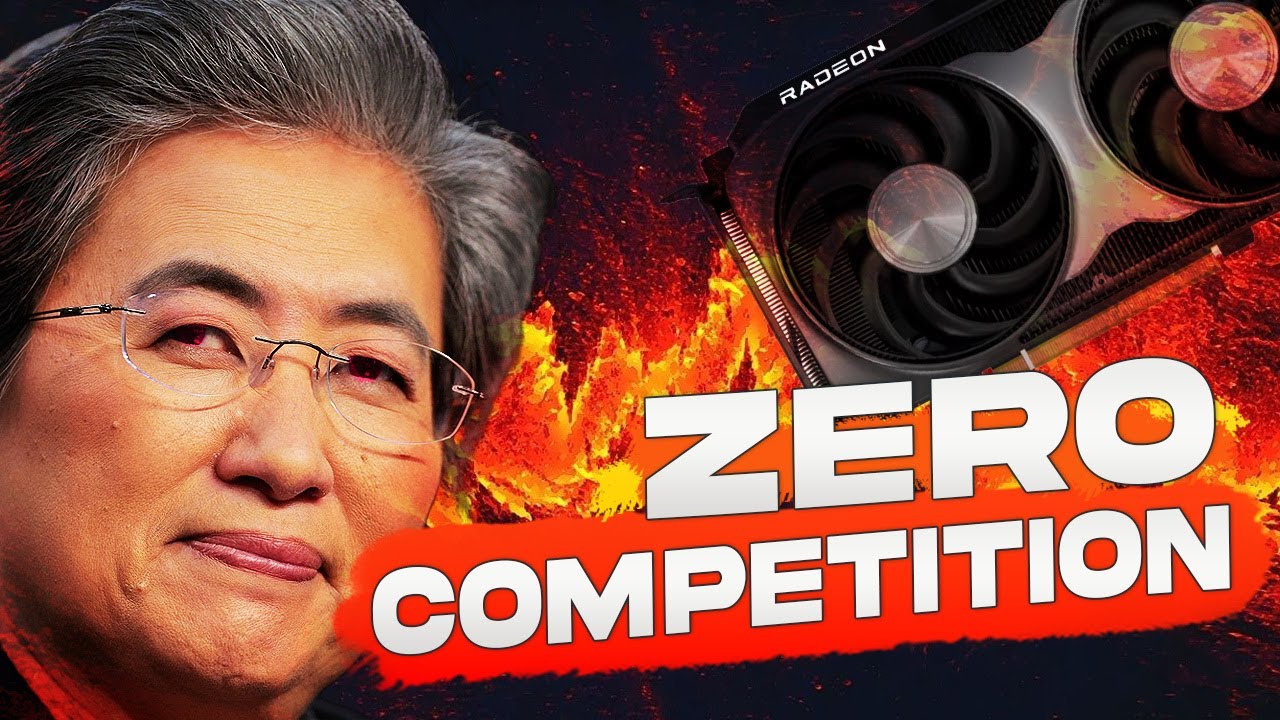The video criticizes AMD’s focus on AI features and new hardware at Computex 2025, arguing that their emphasis on technologies like FSR Redstone and high-end CPUs distracts from the need for more affordable, powerful gaming hardware, leading to declining market share. It also highlights poor pricing strategies, lack of disruptive innovation, and weak leadership, suggesting that AMD must adopt a more consumer-focused approach and improve their ecosystem to remain competitive.
The video criticizes AMD’s presentation at Computex 2025, highlighting that while AMD focused on gaming, their approach seems to be following Nvidia’s AI rendering trends rather than pushing for better hardware. AMD introduced FSR Redstone, an upscaling technology similar to Nvidia’s DLSS, but the demo visuals appeared unimpressive and the technology is mainly beneficial for integrated graphics and AI scenarios, not for native rendering, which gamers actually desire. The reviewer argues that AMD’s emphasis on AI features and fake frame generation distracts from the core need for more affordable, powerful hardware, especially as AMD’s market share continues to decline.
The reviewer points out that AMD’s new graphics cards, such as the RX 960 XT, are priced higher than initially announced, with MSRP figures being manipulated or misleading. The 960 XT, with 8GB or 16GB VRAM options, is positioned as a mid-range card for 1440p gaming, but the reviewer doubts its performance claims and criticizes AMD for not offering competitive pricing. AMD’s strategy of releasing new cards without clear pricing and gating new technologies like FSR4 Redstone to only the latest RDNA4 GPUs further alienates existing customers and hampers their market competitiveness against Nvidia.
Additionally, the video discusses AMD’s new high-end Threadripper CPUs, which boast up to 96 cores and impressive performance in rendering tasks, and a new AI-focused GPU, the Radeon Pro R9700, designed for inference workloads. While these products showcase AMD’s technological capabilities, they are not targeted at mainstream consumers or gamers. The reviewer laments AMD’s lack of disruptive innovation or ecosystem development, such as in-house AI mini PCs or small form factor systems, which could help AMD regain market excitement and relevance.
Throughout the critique, the speaker emphasizes AMD’s poor leadership and marketing strategies, noting that the company’s failure to price their GPUs competitively and to innovate beyond incremental upgrades has resulted in declining consumer interest. AMD’s inability to capitalize on their existing product synergy and to develop exciting, disruptive products like the once-promised Project Quantum further diminishes their appeal. The overall message is that AMD needs to adopt a more aggressive, consumer-focused approach, including better pricing, innovation, and leadership, to reverse their market decline.
The video concludes by hinting at upcoming coverage of Intel’s developments, suggesting that AMD’s struggles are part of a broader industry context. The narrator encourages viewers to subscribe, join their Patreon, and share the content, framing the critique as part of a larger discussion about the future of PC hardware and the need for AMD to step up its game with better leadership and strategic vision. Ultimately, the reviewer believes AMD’s current trajectory is disappointing and that only significant change can help them regain their former relevance.
